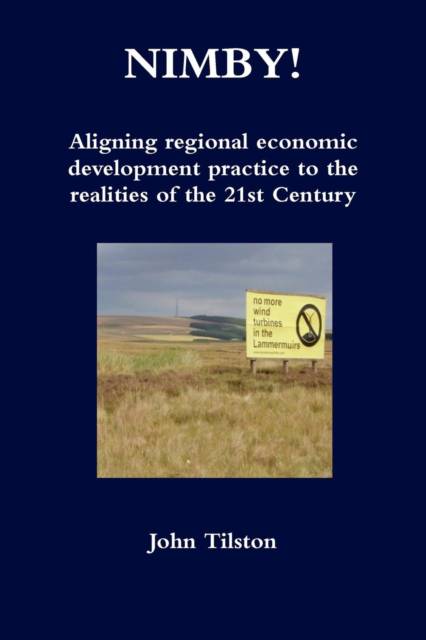
- Afhalen na 1 uur in een winkel met voorraad
- Gratis thuislevering in België vanaf € 30
- Ruim aanbod met 7 miljoen producten
- Afhalen na 1 uur in een winkel met voorraad
- Gratis thuislevering in België vanaf € 30
- Ruim aanbod met 7 miljoen producten
Zoeken
NIMBY! Aligning regional economic development practice to the realities of the 21st Century E-BOOK
John Tilston
E-book | Engels
€ 5,99
+ 5 punten
Omschrijving
Times have changed for regional economic development. Back in the not-too-far-off good old days, announcements of a new factory setting up in town or the approval granted for a new large apartment block would have been widely accepted and even applauded by communities. Now mostly they are not. NIMBY has become the standard cry. Not in my backyard now extends to so many areas beyond nuclear power plants, mines and waste dumps, including to some that at first sight seem just plain puzzling. But this is the 21st Century reality and regional economic development policy and practice must respond with more sophisticated analysis and tools. Setting up a rival camp to outwit the NIMBYs and waging war to win the media battle is a short sighted, unsustainable approach. This book analyses what makes NIMBYism tick, surveys current best practice regional economic development and posits a coherent, sustainable approach to the creation of wealth and well-being in communities.
Specificaties
Betrokkenen
- Auteur(s):
- Uitgeverij:
Inhoud
- Aantal bladzijden:
- 166
- Taal:
- Engels
Eigenschappen
- Productcode (EAN):
- 9781471037252
- Verschijningsdatum:
- 30/12/2016
- Uitvoering:
- E-book
- Formaat:
- ePub
- Afmetingen:
- 156 mm x 234 mm
- Gewicht:
- 240 g

Alleen bij Standaard Boekhandel
+ 5 punten op je klantenkaart van Standaard Boekhandel
Beoordelingen
We publiceren alleen reviews die voldoen aan de voorwaarden voor reviews. Bekijk onze voorwaarden voor reviews.











